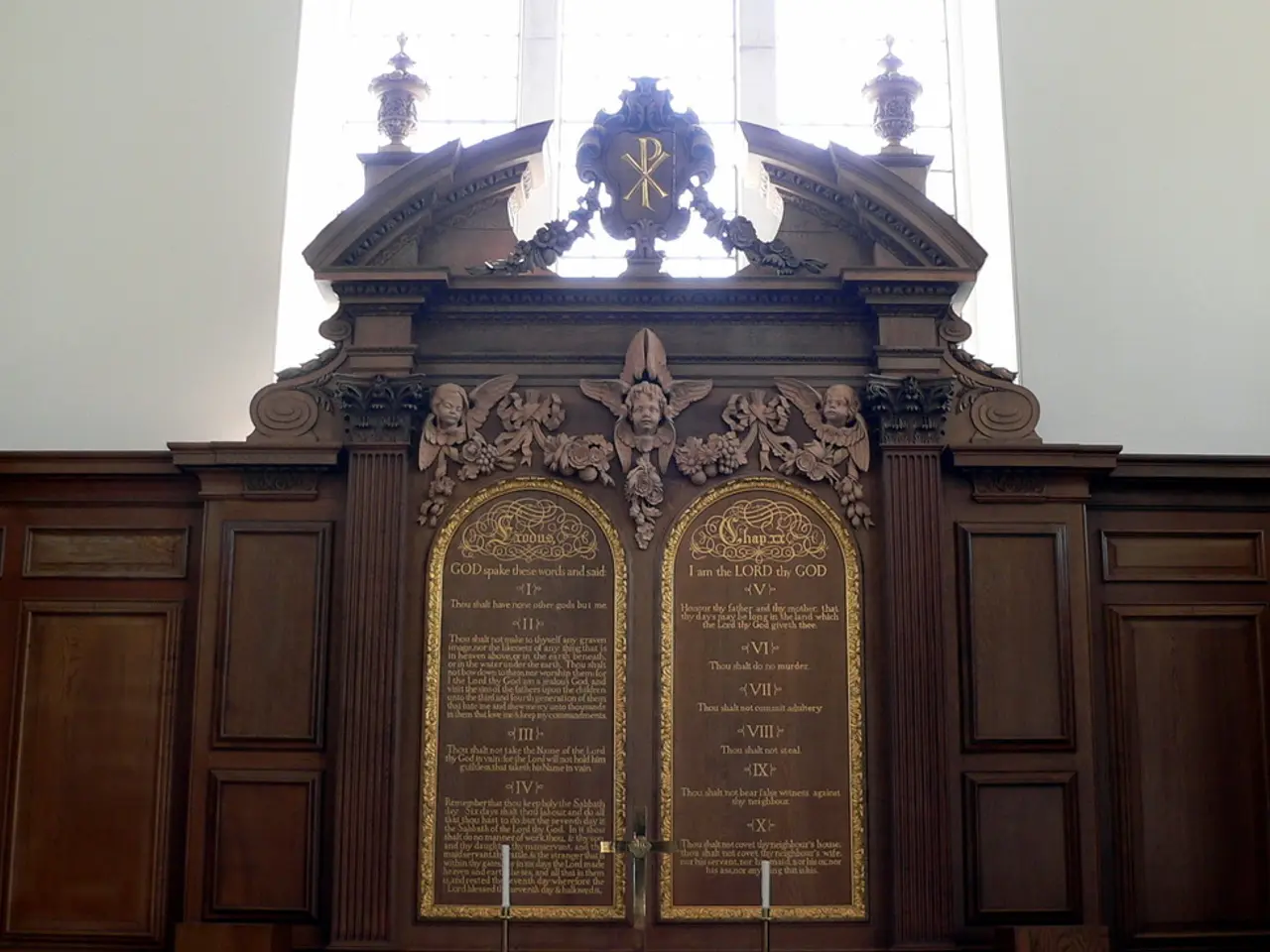Redefining Simplicity: Exploring 'Cycladic Art' at The Metropolitan Museum of Art
The Metropolitan Museum of Art in New York City is currently hosting an extraordinary exhibit, 'The Leonard N. Stern Collection on Loan from the Hellenic Republic.' This exhibit showcases a remarkable collection of Cycladic sculptures, originating from the Museum of Cycladic Art in Athens, Greece. These marble figurines, dating back to the 3rd millennium BCE, belong to a significant prehistoric art tradition from the Cyclades islands in the Aegean Sea [1].
The Cycladic sculptures, characterized by their stylized and abstract forms, are among the earliest examples of European sculpture and represent one of the greatest prehistoric civilizations of the region [1]. Their minimalistic aesthetic, with simplified human forms, has not only survived centuries of mishandling but also continues to inspire modern artists [1].
The significance of these sculptures lies in their artistic and cultural value, as they reflect the cultural identity and spiritual beliefs of the ancient Cycladic people. Found particularly in burial contexts, the figurines are thought to have had religious or ceremonial purposes, possibly related to fertility or ancestor worship [1].
The exhibit highlights what can be learned and appreciated now about the sculptures, providing resources to learn about their construction and influence in both ancient and modern times. For example, the local marble quarries of Paros, a key source of the marble used for these sculptures, represent a heritage site of global importance, connecting the material culture with the natural environment [1][3].
Many of the sculptures have been repainted and repaired, outside of a funerary context. A small figurine, for instance, had its leg reattached [2]. Despite the loss of original pigmentation over time, or purposeful scrubbing before being put on display, the exhibit offers a glimpse into the vibrant colours these sculptures once possessed, a practice known as polychromy [3].
The sculptures from the Early Cycladic I period resemble guitars or violins and have blocky, rudimentary structures with less-defined features [3]. In contrast, the Keros-Syros culture, which contains the most influential forms of Cycladic Art, is characterized by more natural forms of women [4].
The exhibit at the Metropolitan Museum of Art showcases the periods of Cycladic Art, including the Early Cycladic I period (3200 BCE to 2700 BCE) and the Keros-Syros culture (2700 BCE to 2300 BCE) [5]. The exhibit is the largest collection of Cycladic works in America and will remain on loan from the Museum of Cycladic Art in Athens, Greece, for the next 25 years [6].
The sculptures, mostly taken from the Cyclades, a group of islands in Greece, were initially repatriated to Greece by New York billionaire philanthropist Leonard N. Stern [7]. These objects of great affection, treated as scientific artifacts from past civilizations, have influenced many famous artists, including Pablo Picasso and Amedeo Modigliani [8].
The exhibit emphasizes the survival of the influential Cycladic sculptures despite their previous mishandling, and it offers an opportunity for a broader international audience to engage with and appreciate the early Aegean civilization’s artistic legacy [1]. The Museum of Cycladic Art in Athens actively preserves and exhibits these artifacts, fostering dialogue with local Cycladic communities to maintain cultural identity rooted in this ancient heritage [1].
References: [1] Metropolitan Museum of Art. (n.d.). Ancient Greece and Rome. Retrieved from https://www.metmuseum.org/toah/hd/agrk/hd_agrk.htm [2] Metropolitan Museum of Art. (n.d.). Cycladic Art. Retrieved from https://www.metmuseum.org/toah/hd/cycl/hd_cycl.htm [3] Metropolitan Museum of Art. (n.d.). Cycladic Sculpture. Retrieved from https://www.metmuseum.org/toah/hd/cysc/hd_cysc.htm [4] Metropolitan Museum of Art. (n.d.). Keros-Syros Culture. Retrieved from https://www.metmuseum.org/toah/hd/kers/hd_kers.htm [5] Metropolitan Museum of Art. (n.d.). Early Cycladic Art. Retrieved from https://www.metmuseum.org/toah/hd/ecyc/hd_ecyc.htm [6] Metropolitan Museum of Art. (n.d.). The Leonard N. Stern Collection on Loan from the Hellenic Republic. Retrieved from https://www.metmuseum.org/exhibitions/listings/2022/the-leonard-n-stern-collection-on-loan-from-the-hellenic-republic [7] Metropolitan Museum of Art. (n.d.). Cycladic Figurine. Retrieved from https://www.metmuseum.org/toah/works-of-art/2019.188.1 [8] Metropolitan Museum of Art. (n.d.). Cycladic Art and Modernism. Retrieved from https://www.metmuseum.org/toah/hd/cyma/hd_cyma.htm
- The visit to 'The Leonard N. Stern Collection on Loan from the Hellenic Republic' exhibit at the Metropolitan Museum of Art in New York City allows you to delve into the rich history of Cycladic sculptures, a remarkable collection originating from the Museum of Cycladic Art in Athens, Greece.
- The exhibit features news about the influence of Cycladic sculptures on modern art and literature, specifically naming famous artists like Pablo Picasso and Amedeo Modigliani, who were inspired by these prehistoric masterpieces.
- The cultural travel experience offered by this exhibit also includes insight into the lifestyle of the ancient Cycladic people, as the sculptures, found primarily in burial contexts, were likely used for religious or ceremonial purposes related to fertility or ancestor worship.
- For those interested in features on cultural-travel, exploring the exhibit also provides information about the geographical and historical significance of Paros, a key source of marble for the sculptures, and its status as a global heritage site.





